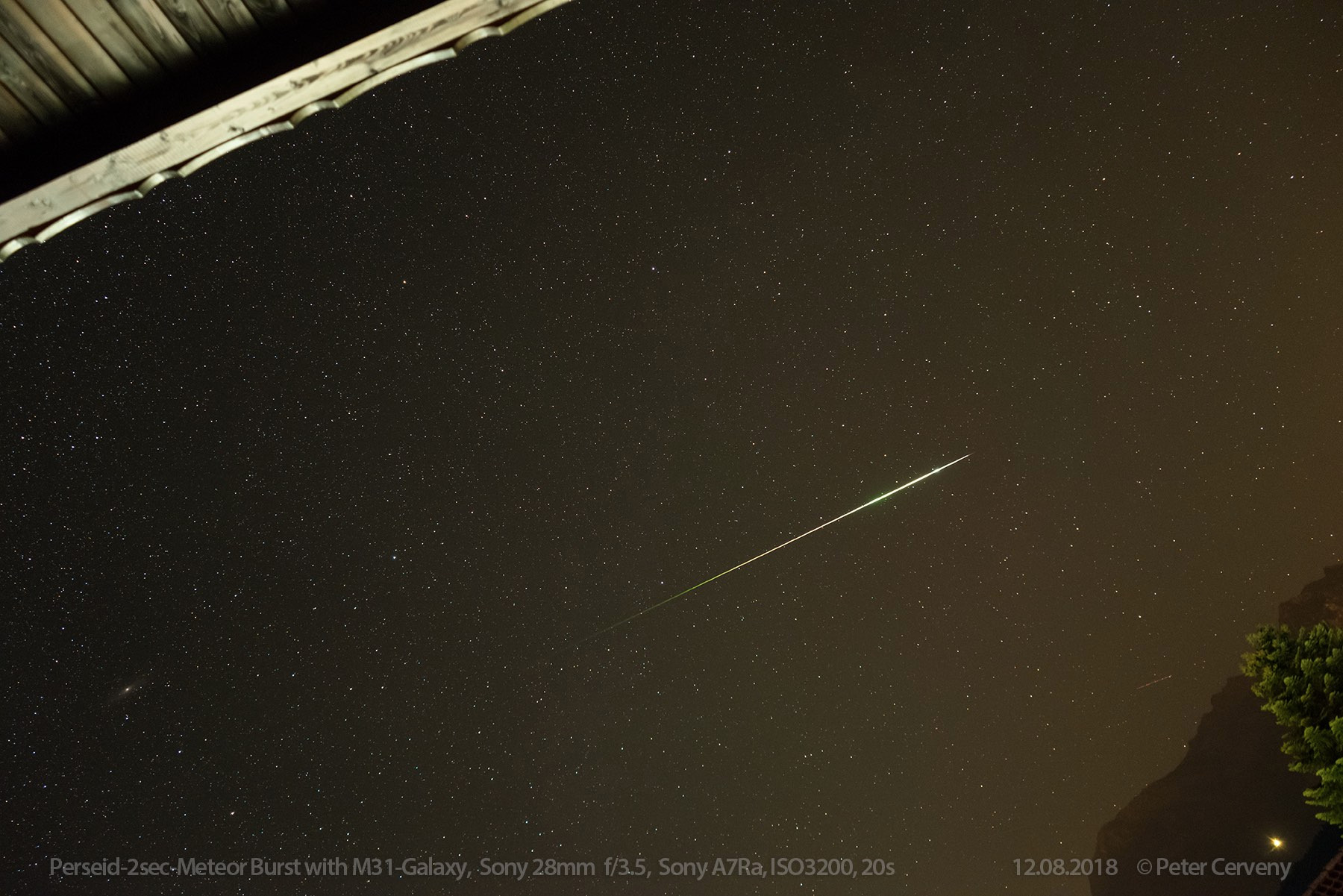Overview Grid
Nebulae Info
v Scroll menu for more v
- Caldwell 49 Rosette Nebula
- GUM 37 Southern Tadpole Nebula
- IC434/B33 Horsehead Nebula
- IC443 Jellyfish Nebula
- IC1396A Elephant's Trunk Nebula
- IC4592 Blue Horse Head Nebula
- IC4604 Rho Ophiuchi Nebula
- IC5070 Pelican Nebula Closeup
- Large Magellanic Cloud
- LDN43 The Cosmic Bat Nebula
- M1 Crab Nebula
- M8 Lagoon Nebula
- M16 Eagle Nebula
- M20 Trifid Nebula
- M27 Dumbbell Nebula
- M42 Orion Nebula
- M57 Ring Nebula
- M78 Reflection Nebula
- NGC1977 Running Man Nebula
- NGC2170 Reflection Nebula
- NGC2264 Christmas Tree Nebula
- NGC2359 Thor’s Helmet Nebula
- NGC3372 Eta Carina Nebula
- NGC3576 Statue of Liberty Nebula
- NGC5367 in CG12 Nebula
- NGC6188 Firebird Nebula
- NGC6334 Cat´s Paw Nebula
- NGC6559 Reflection Nebula
- NGC6820 Emission Nebula
- NGC6960 Western Veil Nebula
- NGC6992 Eastern Veil Nebula
- NGC7000 North America Nebula
- NGC7293 Helix Nebula
- NGC7380 Wizzard Nebula
- NGC7635 Bubble Nebula
- RCW85 Nebula
- Rho Ophiuchi cloud complex
- Sh2-136 Ghost Nebula
- Sh2-308 Dolphin Nebula
- Simeis147 Spaghetti Nebula
Galaxies Info
v Scroll menu for more v
- M31 Andromeda Galaxy
- M51 Whirlpool Galaxy
- M66 Galaxy
- M81 Bode's Galaxy
- M82 Cigar Galaxy
- NGC891 Silver Sliver Galaxy
- NGC1365 Fornax Propeller Galaxy
- NGC1566 Spanish Dancer Galaxy
- NGC3628 Hamburger Galaxy
- NGC4038/39 Antennae Galaxies
- NGC5078 Galaxy
- NGC5128 Centaurus A Galaxy
Clusters Info
v Scroll menu for more v
- Albireo Beta Cygni
- Hyades
- M13 Hercules Globular Cluster
- M45 Pleiades
- M37 Salt and Pepper Cluster
- M44 Open Cluster
- M103 Open Star Cluster
- NGC884/869 Double Cluster
- NGC2516 Diamond Cluster
- NGC3532 Wishing Well Cluster
- Noctilucent Clouds
- Perseid Meteor
Overview Grid

Perseid Meteor at 12.August 2018
The Perseids are a prolific meteor shower associated with the comet Swift–Tuttle. The meteors are called the Perseids because the point from which they appear to hail (called the radiant) lies in the constellation Perseus.
The stream of debris is called the Perseid cloud and stretches along the orbit of the comet Swift–Tuttle. The cloud consists of particles ejected by the comet as it travels on its 133-year orbit. Most of the particles have been part of the cloud for around a thousand years.
The shower is visible with the peak in activity between 9 and 14 August each year, depending on the particular location of the stream. During the peak, the rate of meteors reaches 60 or more per hour. They can be seen all across the sky; however, because of the shower’s radiant in the constellation of Perseus (Dec 03h 04min, RA +58°), the Perseids are primarily visible in the Northern Hemisphere. As with many meteor showers the visible rate is greatest in the pre-dawn hours, since more meteoroids are scooped up by the side of the Earth moving forward into the stream, corresponding to local times between midnight and noon.. While many meteors arrive between dawn and noon, they are usually not visible due to daylight. Some can also be seen before midnight, often grazing the Earth’s atmosphere to produce long bright trails and sometimes fireballs. Most Perseids burn up in the atmosphere while at heights above 80 kilometres.
| Object | Perseid Meteor |
| Apparent in Constellation: | Pegasus |
| Radiant: | DEC 03h 04min, RA +58° Perseus |
| Apparent Size: | 22 deg |
| Apparent Magnitude: | |
| Distance in light years: | 80-150km |
| Photo Data | |
| Date: | 12.08.2018 22:14 UTC |
| Location: | Balcony in Bolsterlang/Oberallgäu/Germany |
| Telescope: | Sony 28mm f/3.5 |
| Camera: | Sony A7Ra astromodiofied @ T sensor= 15°C |
| Field of View: | ° |
| Pixel Scale/Resolution: | arcsec/px |
| Expose frames/times: | OSC ISO 3200, RAW 20s |
| Total expose: | 20 sec |
| Filter: | no |
| Mount: | Meade LXD-75 |
| Software: | Siril 1.4, Photoshop CC |
| Remarks: | M31-Galaxy in the left corner of photo |
© Photos and photo data by Peter Cerveny
© Object description/intro text fully or partially by Wikipedia,
which is released under the Creative Commons Attribution-ShareAlike 4.0 International License